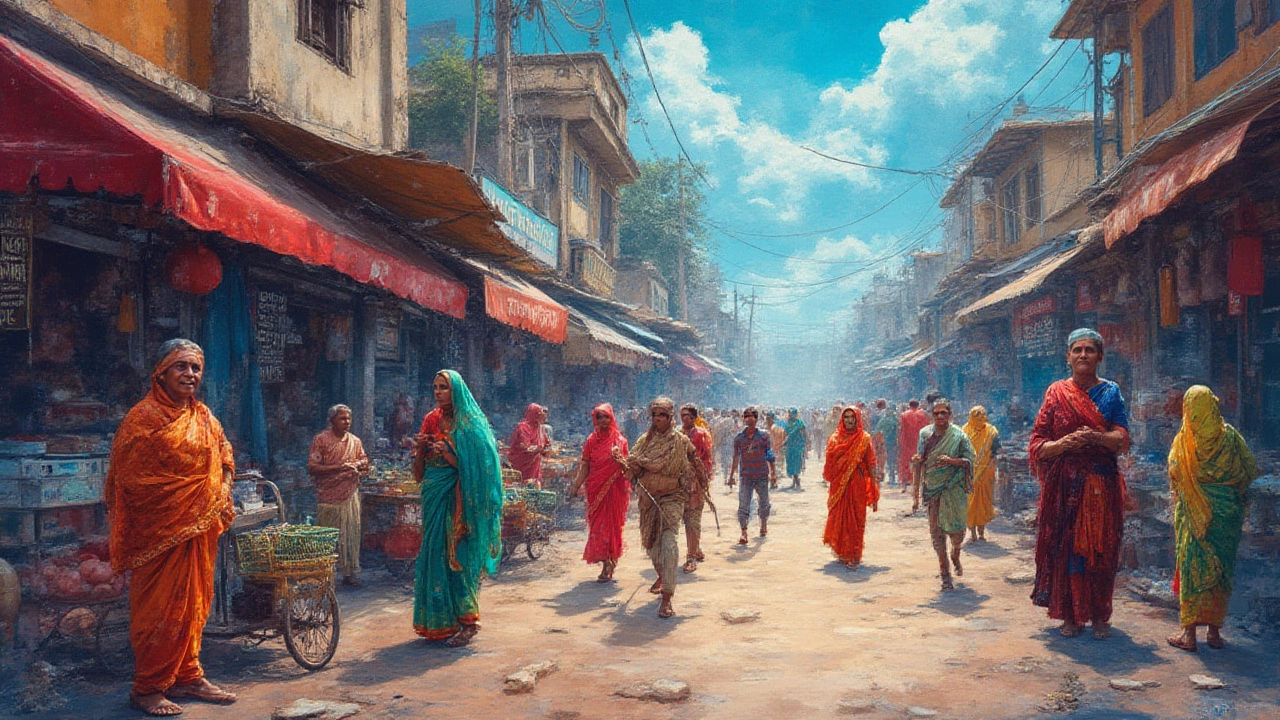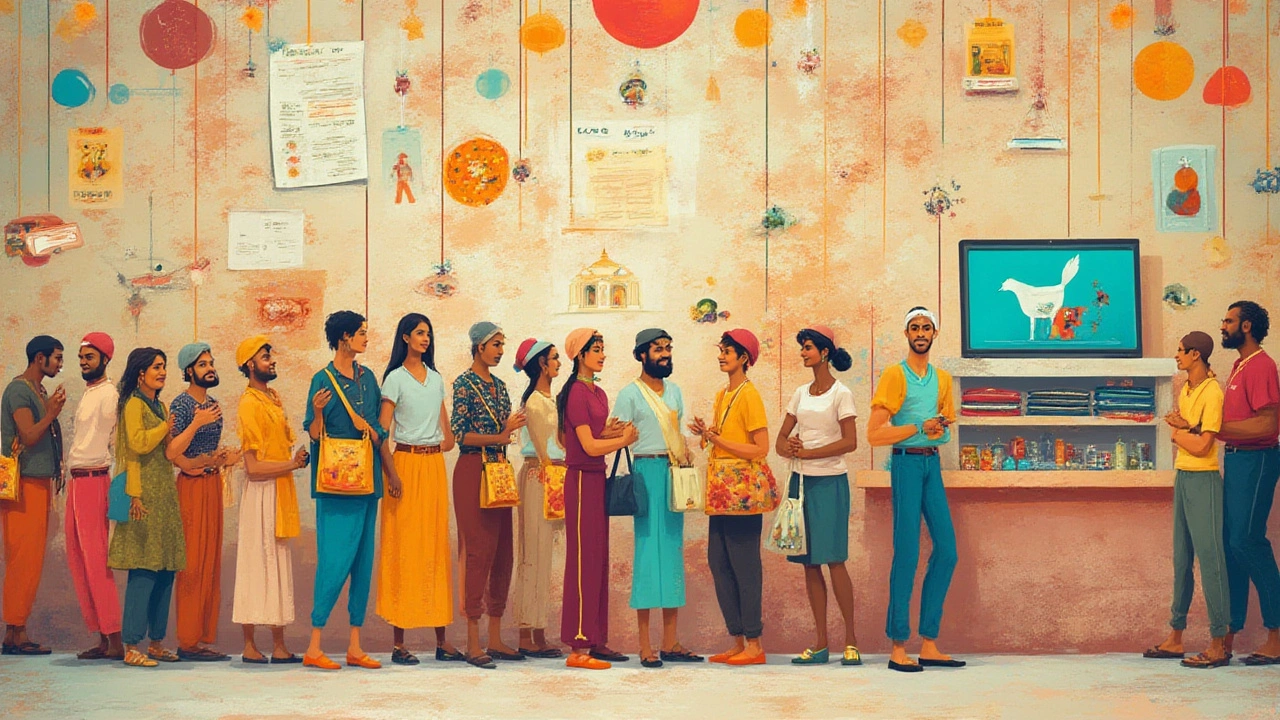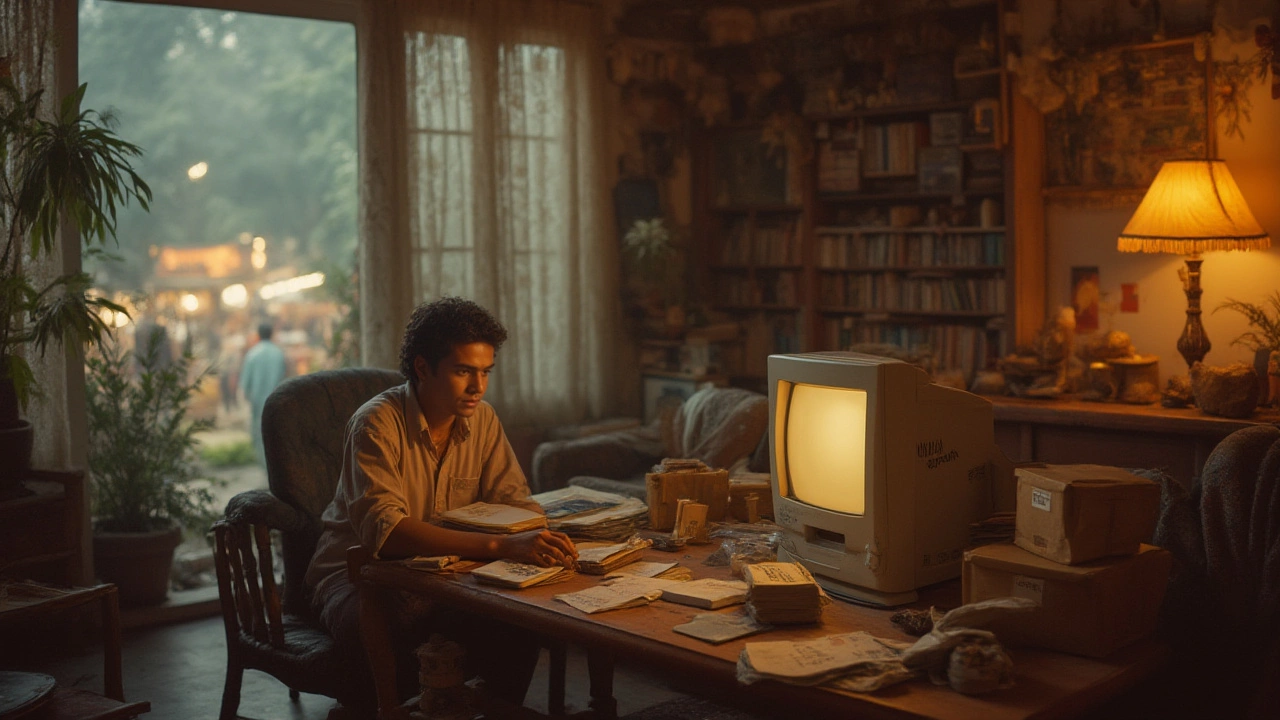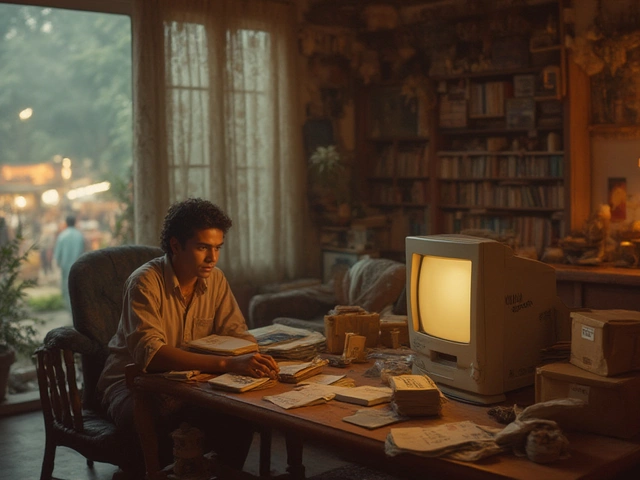Picture this. The year is 1999. Most of us didn’t even dream of ordering stuff online in India. Getting groceries felt like an expedition. The word ‘e-commerce’ sounded like a weird sci-fi concept for most Indians. Today, you can get anything delivered to your door, sometimes within hours. But who really started it all? Is it the tech giants that fill news headlines now—or did someone light the spark long before that?
The Beginnings of Indian E-Commerce: Before the Buzz
Let’s dial back to an era before Flipkart, Amazon India, or even Paytm Mall—you might be surprised to learn that the oldest e-commerce company in India isn’t one many hear about in everyday conversations. Indians today know Flipkart as the local success story, but the true pioneer was a company called Fabmart. Founded in 1999, Fabmart was the brainchild of K. Vaitheeswaran, sometimes called the ‘father of e-commerce in India.’ That was an insane risk; this was literally a time when only about 1% of the country had internet access. Their team probably got asked, “Why not just buy at the shop?” at every dinner party, no exaggeration.
Here’s where it gets interesting. Fabmart launched when the dotcom bubble was still new in India's business culture, and the general population barely had exposure to technology. Early e-commerce wasn’t glamorous. Just think about how painful dial-up internet was and the simple fact that credit card penetration was close to zero. Cash on delivery? Not yet a thing. So, how did Fabmart make it work? They started by selling music CDs and books—products that were easy to ship and unlikely to break in the mail. Still, convincing people to key in their bank info on a computer screen took a leap of trust not many were ready for.
What’s really wild is that back then, Fabmart’s founders had to double as customer service, tech support, packers, and shippers. The concept was so alien that their earliest ‘customers’ sometimes called to ask if the site was real! The team hustled hard to build trust—handwritten notes, follow-up phone calls, and even helping set up email accounts for buyers who barely knew how to browse. Internet literacy was so low they published newspaper ads teaching folks how to get online. This was classic Indian jugaad at its finest.
K. Vaitheeswaran and his co-founders eventually expanded Fabmart’s catalog. They launched India’s first online grocery store under Fabmall, years before groceries online became the 'in' thing. Imagine explaining ‘online grocery’ to skeptical aunties and uncles in the early 2000s! It was a grind. But it set the stage for the Indian digital marketplace we know today.

Not Just Flipkart: How Fabmart Changed Everything
Flash forward to today, and you’d swear every college kid in India talks about starting the next big thing in e-commerce. By now, ordering online feels so normal. But without Fabmart’s crazy risk-taking, would Flipkart or Amazon India ever have had a playbook to copy? Fabmart found out the hard way about everything we now take for granted: delivery timelines, payment security, and the utter pain of Indian logistics. They weren’t just selling CDs; they were rewriting the rules.
Did you know Fabmart hired delivery boys and ran their own small supply chain prototypes? In cities like Bangalore and Hyderabad, they tested how to deliver to addresses nobody else wanted to try finding—including little lanes that never appeared on Google Maps. Early reviews on Fabmart’s site are a goldmine. Customers raved about finally getting international music, rare books, and odd curios, things impossible to find in the neighborhood shop. The emotional high of getting exactly what you ordered, delivered by hand, was enough for many people to tell friends—word of mouth was the only real marketing tool that worked before social media went viral.
One underappreciated thing: Fabmart introduced many Indians to trustworthy online payment through Netbanking and debit cards, not just credit cards. Later, their grocery experiment, Fabmall, even attempted partnerships with local kirana stores. This combo of tech and desi business sense sets Indian e-commerce apart to this day. The legacy is everywhere—these days, even small-town shops run WhatsApp-based ordering and speedy online deliveries, an idea that started from wild experiments by the pioneers.
Fabmart went through big changes. It rebranded as Indiaplaza in 2007, tried to expand the product range to electronics and lifestyle products, and even opened a US portal to attract NRI money. Supply problems, funding crunches, and tough competition finally halted operations by 2013. However, Fabmart’s template—deal with ancient infrastructure, build customer trust brick by brick, stay obsessed with the shopper—still gets taught at startup conferences everywhere.
Here’s a tip for the curious: Search for old newspaper clippings from 1999 to 2002 and laugh at the wide-eyed wonder people had seeing the phrase “delivered to your house” in India. It’s easy to forget, but back then, even having your own email ID set you apart. The entire ecosystem—catalog management, online payment gateways, courier tie-ups—grew out of Fabmart’s struggle. Even their failures paved the way: angel investors, wary after Fabmart’s closure, demanded stronger business models from the next wave of startups.

Lessons and Legacy: The Real Impact on Today’s E-Commerce Giants
You know those midnight sales on Flipkart and Big Billion Day hype? Or the confidence Indians have today in paying online for a new gadget? None of that magic appears out of thin air. Fabmart’s team made all the rookie mistakes so future entrepreneurs could start on third base. Supply chain innovation, experimenting with product offerings, and converting skeptics into loyal buyers started here.
If you’re looking to start a business—or just really into Indian startup stories—study how Fabmart’s journey mirrors some of the challenges you’ll face now. Distrust of new methods, delivery hiccups, and convincing folks to buy what they can’t touch—these are battles still fought today, just with better tools. The trick Fabmart nailed: keep your word, stay reachable to customers, adapt when your city isn’t mapped, and build systems from scratch. Their biggest tip-off? Focus on the smallest details. Handwritten thank you notes worked in the early 2000s; today’s equivalent might be a personalized WhatsApp update or quick call post-purchase.
Even now, some tricks from those days ring true. If you’re shipping niche goods, go hyperlocal—use neighborhood connections, understand local festivals, and make your delivery as personal as possible. And in case you think this is just ancient history, look at how Flipkart and Amazon cater uniquely to Indian festivals, offer region-specific products, and solve logistics with local partners. All of that goes straight back to Fabmart’s blueprint.
Here’s a cool tidbit: Fabmart’s founders are still active in the Indian startup scene. You’ll spot K. Vaitheeswaran dropping wisdom at startup conferences, explaining how failing isn’t the end but just part of the process. If you really want to dig deeper, check out Vaitheeswaran’s book, ‘Failing to Succeed: The Story of India’s First E-commerce Company.’ It’s full of entertaining stories and real-life lessons—definitely a required read for curious founders and startup geeks.
The real story? Indian e-commerce isn’t just a story of tech and logistics. It’s a story of relentless optimism—internet or not, people have always wanted convenience and access. The first wave was bumpy, even terrifying at times, but it made the current wave of seamless, trust-filled online shopping possible. If you find yourself clicking ‘Buy Now’ on a flash sale tonight, remember: it all started with a mad dream in the late 90s, a dial-up connection, and someone willing to take orders before most people could pronounce ‘e-commerce’ correctly. That’s the true legacy of Fabmart—the company that started it all.

